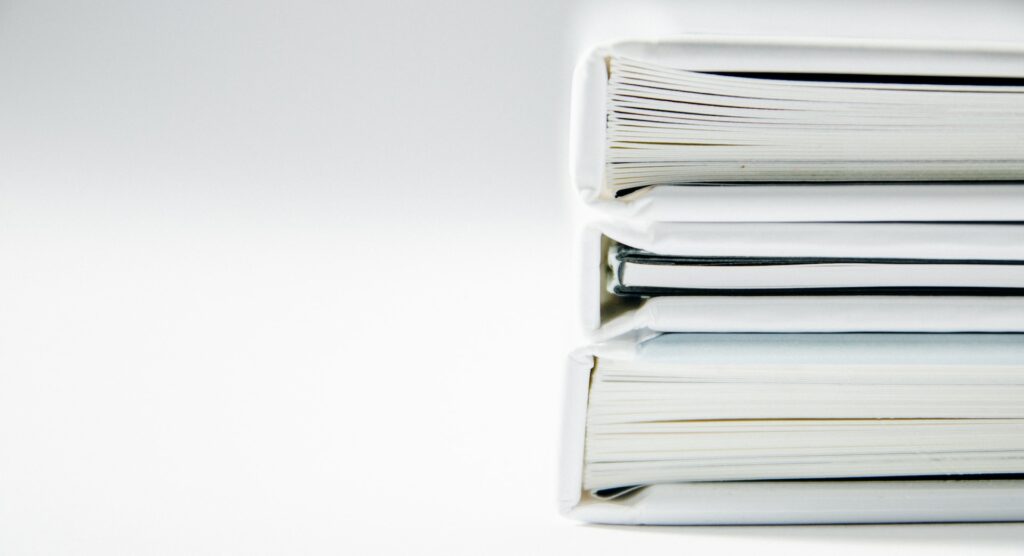Creating a balance sheet is one of the best ways to provide accountants and lenders with an overview of your company’s critical financial data, detailing liabilities, assets, and equity to measure your business’s financial health.
Creating a balance sheet will be straightforward when you have a sound accounting system and your financial records are up-to-date. To provide further clarity on this, our guide will detail the best way to create a balance sheet for your small business.
What is a Balance Sheet?
A balance sheet is a financial statement used to show what your company owns and owes, displayed in terms of company assets (something your business owns), liabilities (outstanding payments from your business), and equity (the amount your business’s shareholders own).
Why Create a Balance Sheet?
Balance sheets are essential documents for small business owners because they can provide a more thorough overview of your company’s financial situation. By completing a balance sheet, you can see warning signs or issues before it’s too late, helping you to implement strategies to overcome financial struggles.
With a balance sheet, investors understand the areas of your business that require funding, delivering a snapshot of your business’s financial health at a specific time. Therefore, you and potential investors can determine what your business is worth and identify opportunities.
How to Create a Balance Sheet
Many small businesses enlist the help of an accountant when creating a balance sheet to reduce the risk of incorrect calculations or financial inaccuracies, particularly if their goal is to present this document to investors . However, you can create a balance sheet independently. Here’s how;
Choose a Date
Your balance sheet must show your business assets, liabilities, and equity within a given period or on a specific date. It is most common for companies to conduct reporting on an annual or quarterly basis. However, you may choose to pursue balance sheet reporting at the end of each month.
Present Assets
Once you determine a date, it’s time to list your asset items. An effective way to do this is to separate them according to liquidity, with the most liquid items at the top of your list (such as cash) and illiquid assets like inventory at the bottom. Cash and those assets that could be converted to cash within 12 months are considered to be ‘Current’ assets, with less liquid assets considered ‘Non-current’.When all your assets are listed, add them up to determine your total assets. For the most accurate result, check your figure against the general ledger.
Determine and Calculate Liabilities
Current and Non-current liabilities need to be considered next, again with ‘current’ liabilities representing those payments or debts due within a year of your balance sheet date. This will include accounts payable, accrued liabilities and short-term accounts payable. You’ll also need to determine any long-standing payments you won’t settle within the year of the balance sheet date.
Add up all current and long-standing liabilities to determine your total liabilities sum.
Calculate Owner’s Equity
You’ll combine your share capital with retained earnings to determine your shareholder’s equity. Retained earnings refer to business profits set aside for reinvestments, which you must evaluate, along with working capital and shareholders’ equity.
Add up Liabilities and Owner’s Equity
Your sum of liabilities + equity should equal your assets. If your sum differs from this amount, you may have completed your balance incorrectly and need to review your previous calculations. In short, a Balance sheet should always balance!
Need Help With Accounting and Financial Planning? We’ve Got You Covered
If you need help putting a balance sheet or any other financial documentation together, contact YBM today to discover how we can help.

